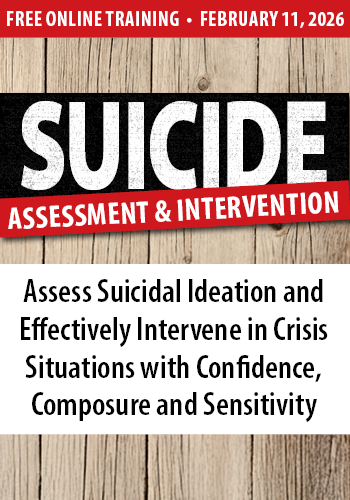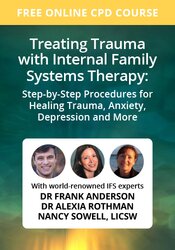Enrol in an online course today for flexible, self-paced learning—no fixed schedule required. Plus, enjoy lifetime access to course materials for convenient revisiting.
Body Image Issues 4/5: The Sensory System

In the previous blog post of this series, we considered ‘sense of self’ in clients experiencing food and body image struggles. Today, we will consider how this sense of self is both built and impacted upon by the senses.
We experience the world through at least eight senses:
- Sight
- Hearing
- Taste
- Touch
- Smell
- Proprioception (input into the muscles and joints which lets us know where our bodies are in space)
- Vestibular (balance)
- Interoception (the lived experience of the body from the inside including sensations like hunger, fullness, temperature and pain)
Every human being has a unique sensory profile, though few of us perhaps have a firm grasp on this profile and how it impacts upon our day-to-day lives.
I believe it is important to give close and sensitive consideration to the sensory profile of clients struggling with food and body image issues, not least since this is the medium through which they experience their physical and emotional worlds and come to a felt sense of self.
I am yet to come across a client experiencing struggles like eating disorders and body dysmorphic disorder (BDD) who does not have hyper (over)-sensitivities within some areas of their sensory perception and hypo (under)-sensitivity in others. Understanding these sensitivities can support our work with these clients tremendously.
Sensory Channel Nuances
The senses operate through sensory organs or receptors (organs or cells that are able to respond to an external stimulus such as light, heat etc. and transmit a signal to a sensory nerve). These can be classified into:
Exteroceptive – relating to stimuli produced outside the organism
Interoceptive – relating to stimuli produced within the organism
There are at least three sensory channel nuances, which can significantly alter the way we perceive and experience the world:
- Hyper: the channel is too open; too much stimulus gets in for the brain to handle.
- Hypo: the channel is not open enough; too little stimulus gets in and the brain is deprived.
- White noise: the channel creates its own stimulus; the message from the outside world is overcome by the white noise in the system.
It is important to note that each sensory channel can be affected in a different way and that the same channel can also fluctuate.
Of particular interest within food and body image research is that of interoception: the ability to sense (and indeed make sense of) internal sensations. A growing body of research is demonstrating that interoceptive awareness in people with diagnoses like eating disorders and BDD tends to be poorer in some areas relative to controls.
This may relate back to early attachment experiences, as we explored together in the first blog post of this series, in terms of infants learning to ‘tune out’ of internal sensations in order to negate emotional pain: to ‘numb’ themselves, if you will. Many clients with diagnoses of eating disorders and BDD will talk about feeling disconnected and separated from their emotions. Of course, to cut oneself off from internal sensations is a highly adaptive response. In many cases, going into the third line of defence in terms of Polyvagal Theory may have facilitated the person’s emotional survival.
Polyvagal Theory and the Lines of Defence
- Social Connection (a felt sense of safety within the supportive company of trusted others)
- Sympathetic Energy-Mobilisation (the fight / flight / freeze / fawn response)
- Dorsal Vagal Activation (shut-down / numbness: disconnection from interoceptive signals)
People experiencing food and body image struggles typically also have hyper- and hypo-sensitivities in other sensory areas – possibly also in response to developmental trauma. These might include auditory hypersensitivity, visual hypersensitivity and proprioceptive hyposensitivity (thus leading to a poor sense of self in space).
Exploring Sensory Profile Information with Clients
I often use a self-adapted version of Olga Bogdashina’s sensory profile questionnaire (there are many others) with clients to gain an understanding of how they experience the world through each of their senses and where possible sensitivities may lie. This provides a rich starting point for discussion and exploration about how the client’s experience of their emotions, self and the world underpins and feeds into their experience – for example, of an eating disorder.
Supporting a client to increase their self-awareness of their sensory profile can be immensely empowering. If a client knows, for example, that they are emotionally triggered by a flat tone of voice (auditory hypersensitivity), they can reflect upon their reaction rather than entering into, for example, an eating disorder behaviour in order to soothe their distress.
A key focus of our work should be to support interoceptive awareness, as this is fundamental both to the noticing and processing of emotional states. As we shall explore more in the next blog post, when we will be considering the nervous system, emotional dysregulation is at the very heart of food and body image struggles with poor interoceptive awareness sitting at its core.

















